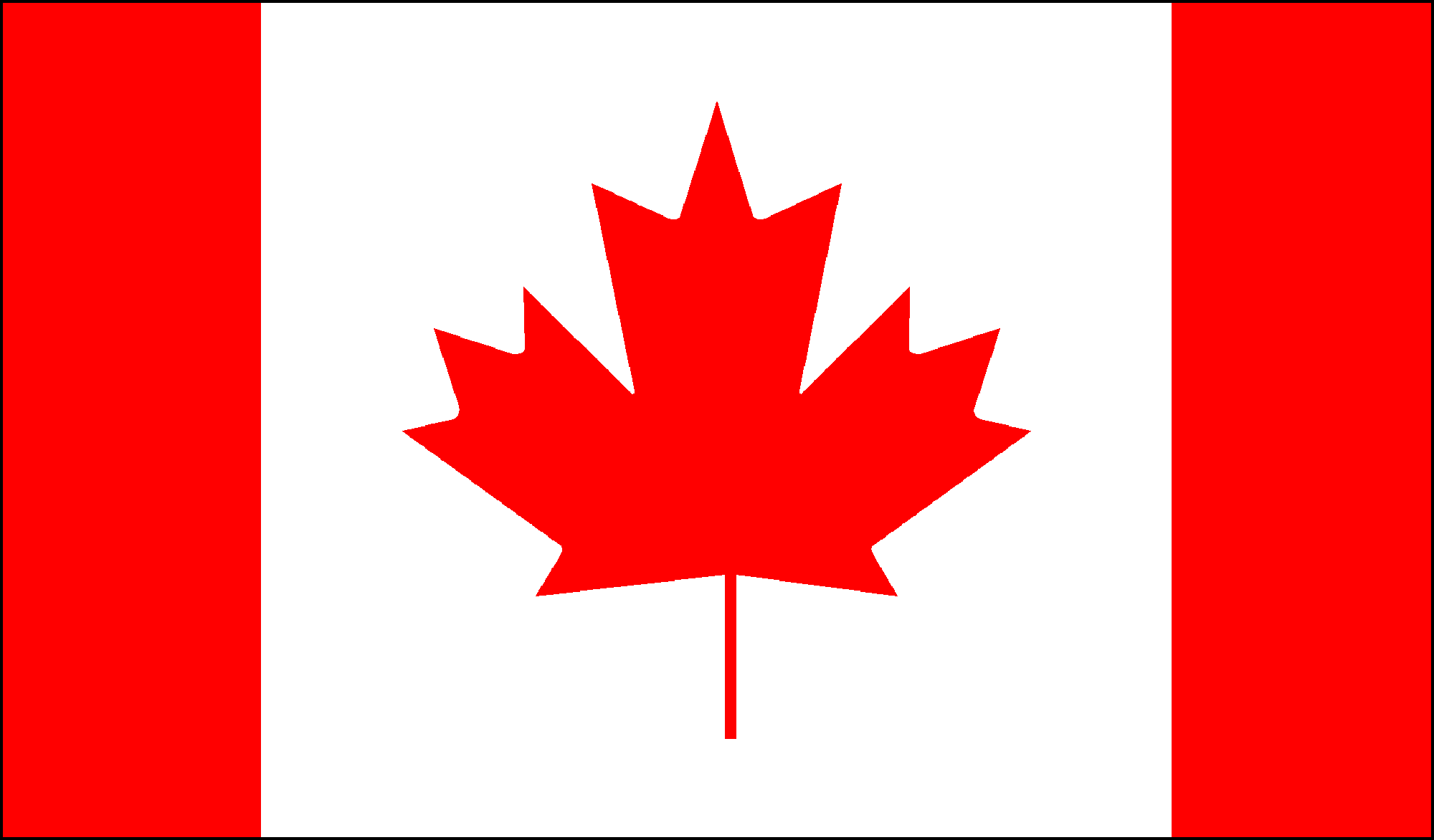
First steps can be done much easier as one can just create an account to apply online by signing in and sending or forwarding the paperwork online. It is also possible to check one’s application status,pay the fees an receive all the necessary information on he interested topic a well.
Purposes of immigration
Just as any other consecutive action, immigration also has its own purposes for those who wish to immigrate to another place, country or region. These could be: visiting, working, studying or doing business. According to these purposes, there are various immigration programs offered for those who wish to come to Canada. These are: general immigrants or visitors, workers, students and businessmen.
Types of immigration
There are certain types of immigration based on one’s potential goals, needs and desires. For example, one can get an express entry to Canada, while immigrating as a skilled worker. Other types of Canada immigration are: family sponsorship, provincial nominee immigration, selected or territorial immigration, according one’s professional skills (Quebec), graduation immigration, caregiver immigration, start-up visa immigration, self-employed immigration, refugee immigration.
Most popular Canadian types of immigration
Those who have explored Canadian immigration statistics, know that there are 6 most popular immigration categories today, such as a federal skilled worker, Quebec skilled worker, family sponsorship, provincial nominee program, business immigrant, Canadian experience class, asylum and foreign worker program.
However, despite of many opportunities, there are only few actual ways how to make one’s immigration legal – its to obtain a permanent residence visa or to obtain a temporary work permit. The main program under which one is able to apply is referred to as the citizenship and immigration Canada or CIC program. This program includes all the already mentioned immigration categories.
Canada immigration opportunities
As there are two types of residency in Canada – permanent and temporary, there are also different kind of rules, which must be followed in order to be able to immigrate to Canada. Canada immigration expert at visas avenue is also responsible for guiding the immigrants throughout the whole procedure.
The official document regulating immigration in Canada has been the immigration Act, which is active since 1976, however, there is also an Immigration and Refugee protection act, active starting from 2002.

Immigration authorities in Canada
In Canada there are several legal authorities to whom one can appeal in order to receive a decision, reply or statement. For example, there is an Immigration and refugee board available for those, who are planning actions related to sponsorship. This official authority is also responsible for removal orders as well as the residency obligation requirements. Another legal authority is referred to as Immigration, refugees and citizenship in Canada. This structure facilitates the arrival of immigrants. It also provides protection to refugees and provides help to newcomers settling in Canada as well.
Canada immigration statistics
The reports on immigration from Statistics Canada show that in 2016 Canada has legally registered 296,346 permanent residents, in 2015 this number was 271,845 which was the highest since 2010. 53% of the registered people were economic immigrants, 26% belonged to a family class, 1% were in the humanitarians and other such as refugees and protected persons.
Some experts also divide Canada’s immigration in separate periods referred as waves, stating that there has been five waves of immigration in total since the period of British and French colonization, and the fifth wave is appearing at the moment in present days.
Immigration application requirements
The main requirement each applicant must meet is to have his or her own UCI or a unique client identifier, also known as a client identification number or an ID number. This could be rather important in case someone is applying for the first time. The application form itself can be found on Canada’s official website.
Also, each previously mentioned immigration category has its own official set of requirements. These requirements can be altered according to a certain region or a territory in Canada. In addition, there are three characteristics one must possess in order to meet the requirements and fit into one of the categories: experience, financial resources, health requirements and language proficiency. The assessment is based on a point system as there are maximum and minimum amount of points one must collect in order to complete the legal procedure.
Immigration process and visa inquiry form
First, one must proceed with choosing the immigration program. Then, one must proceed with the visa application. There are also various visa inquiry forms which must be filled in in order to have an official permission to stay in Canada for a long-term period of time. Then comes getting ready the necessary documentation and paperwork (ECA, IELTS, RCC and other certification). And the final step is based on getting the approval from the LMIA or labor market impact assessment department.
